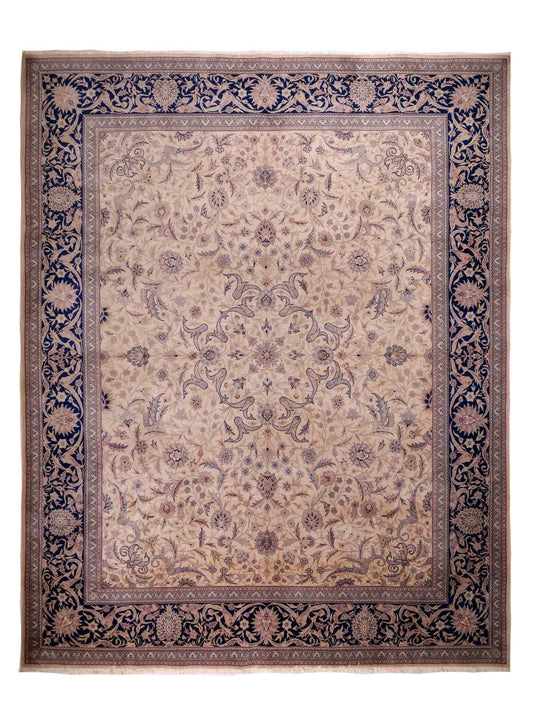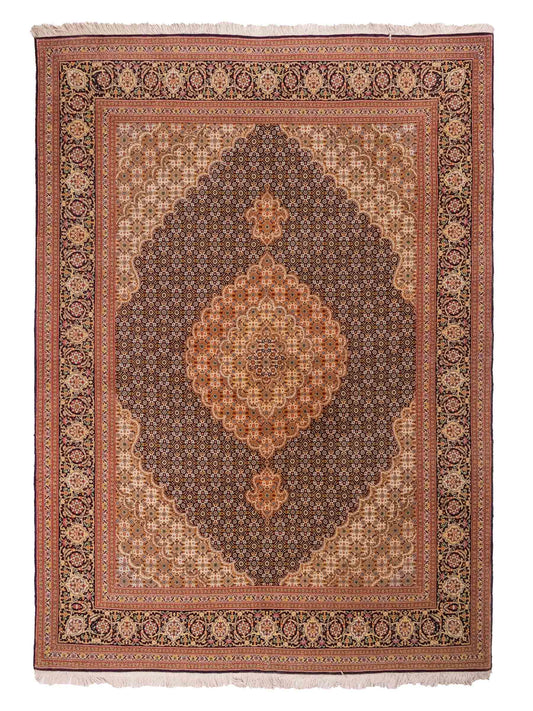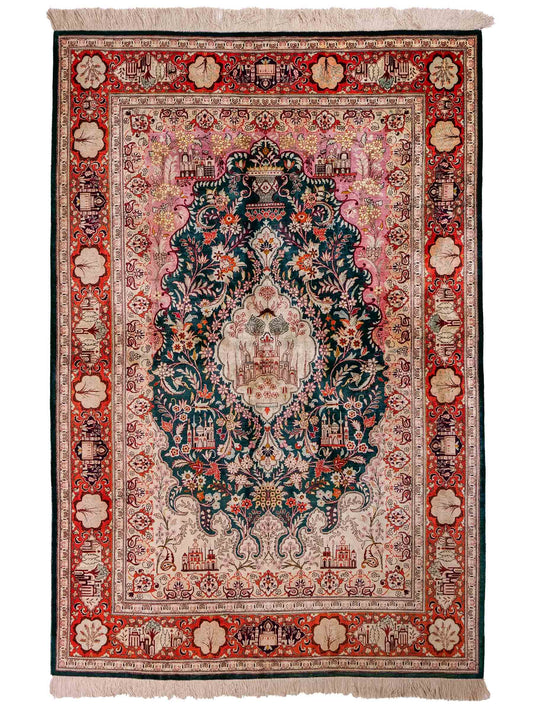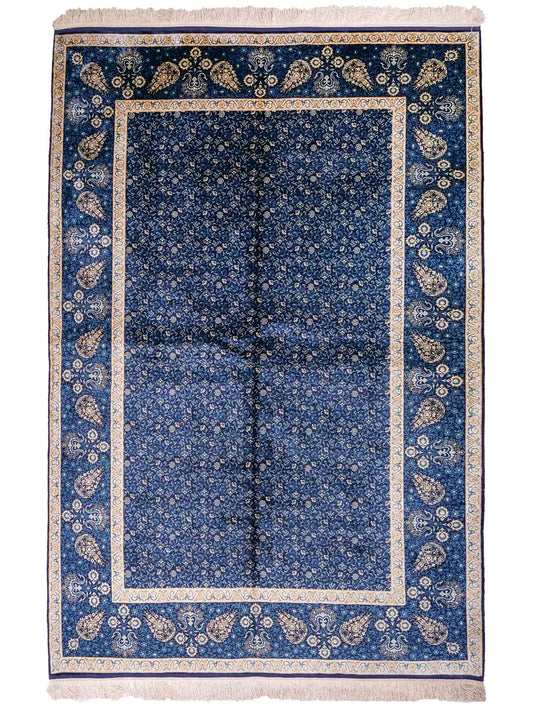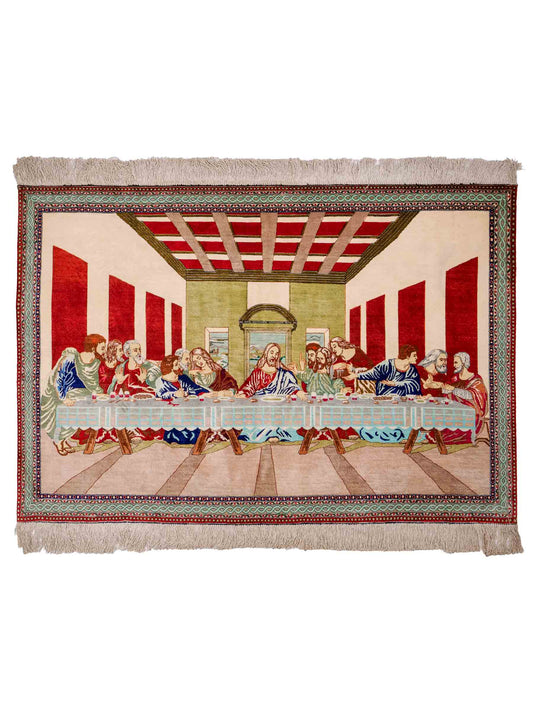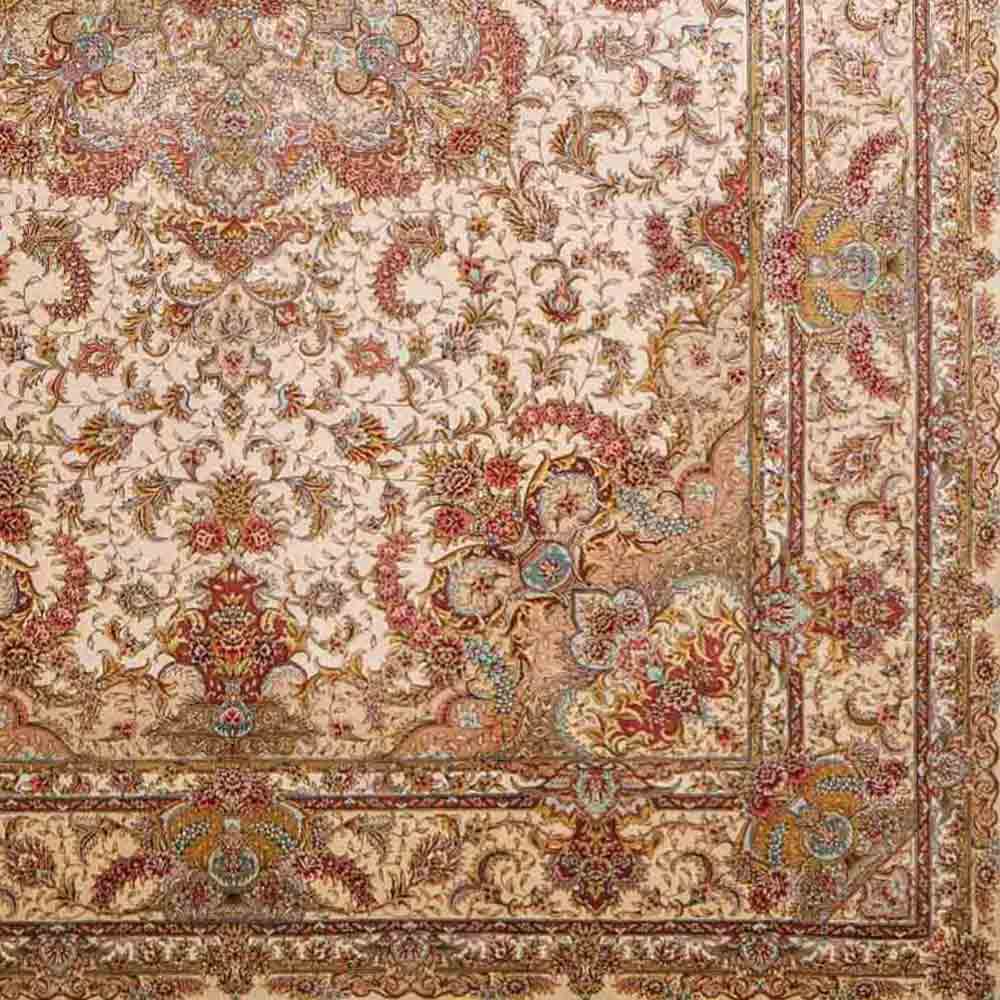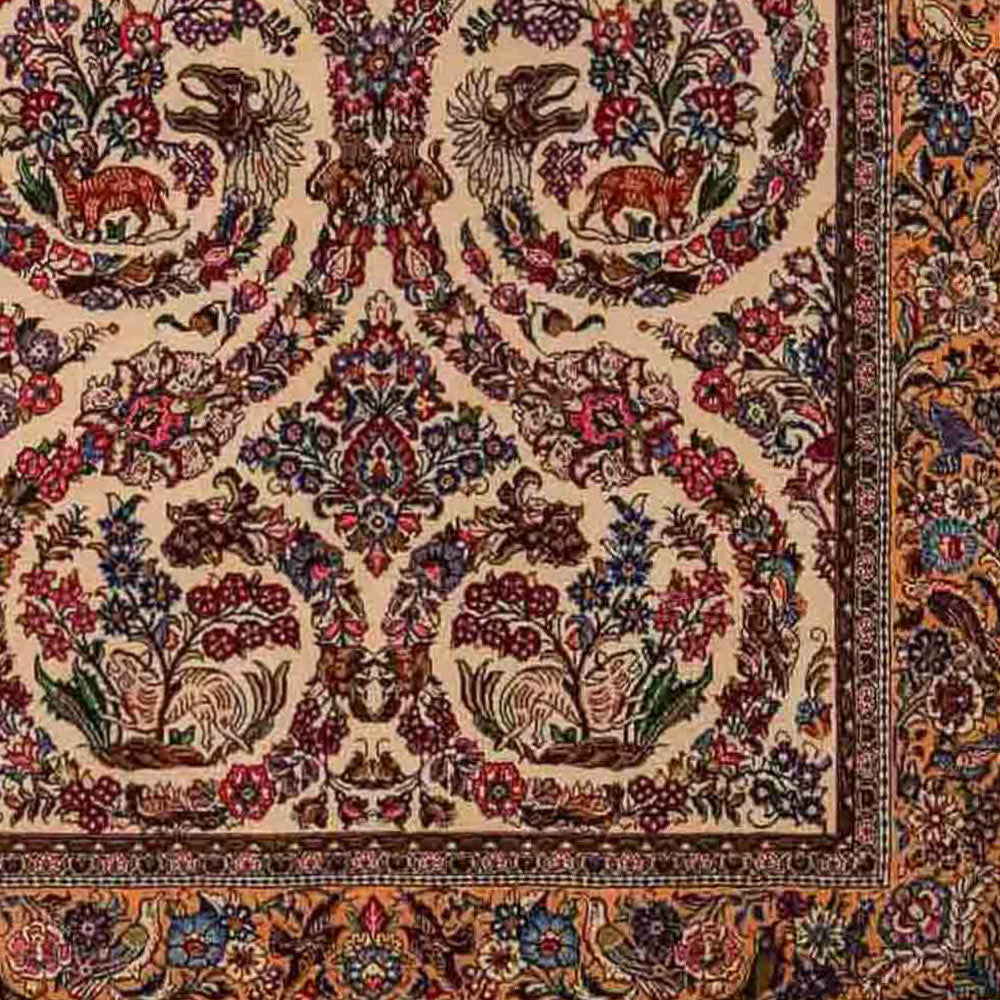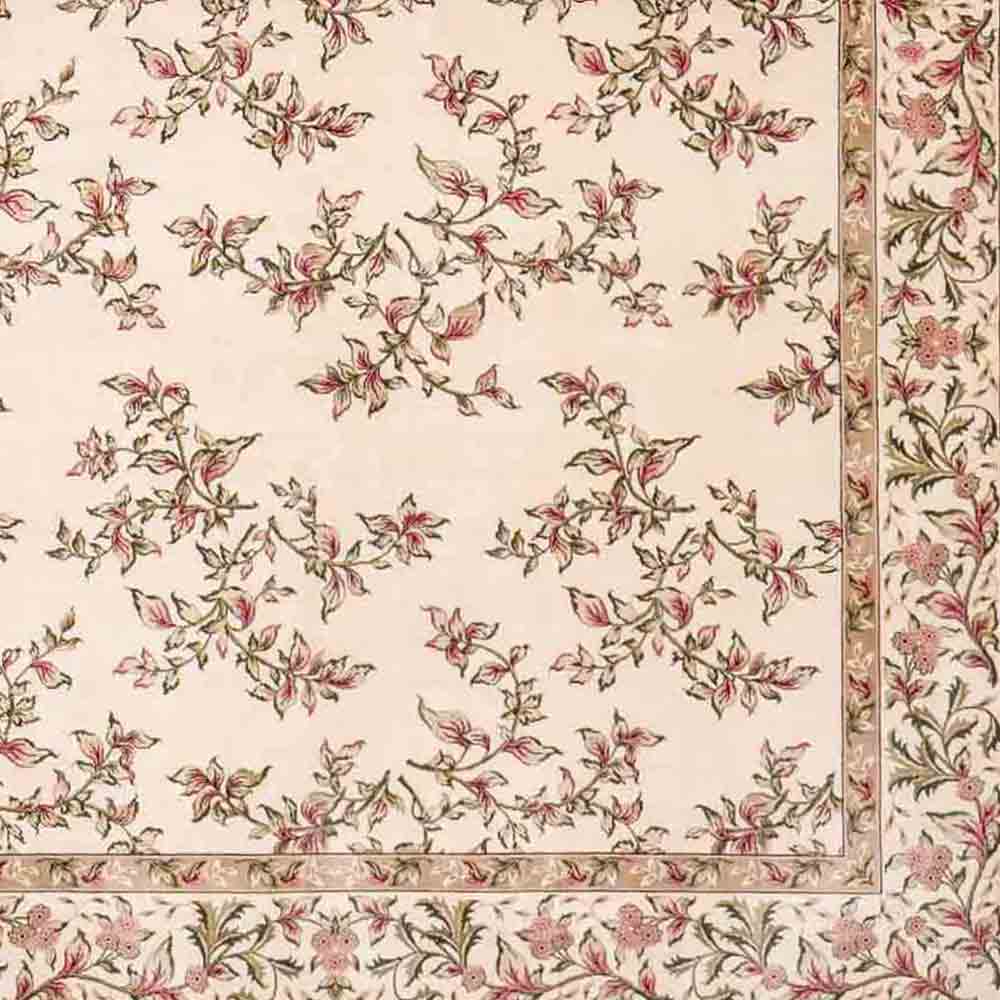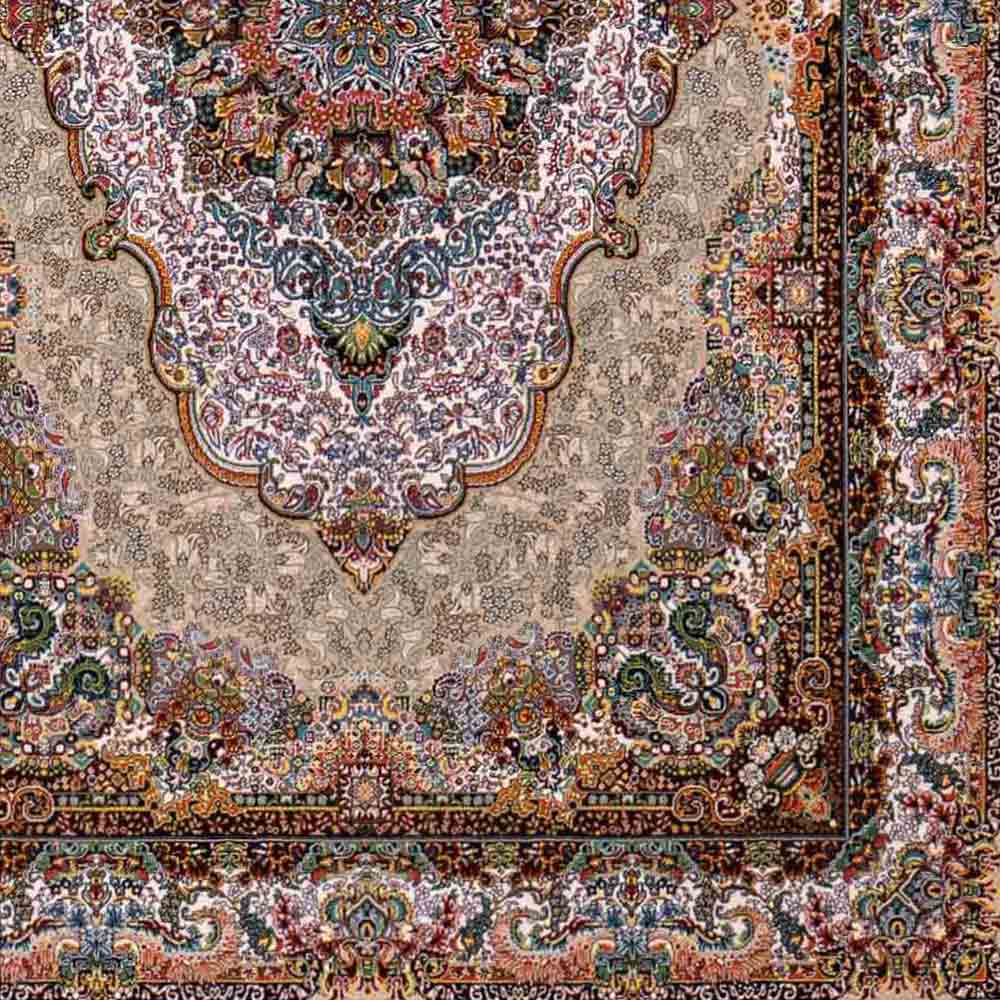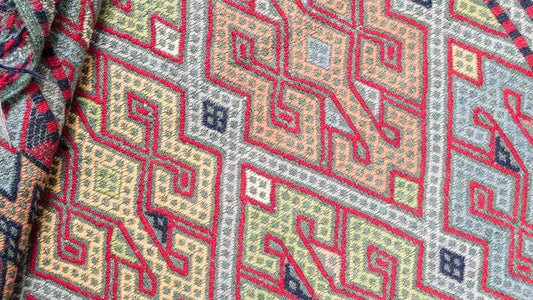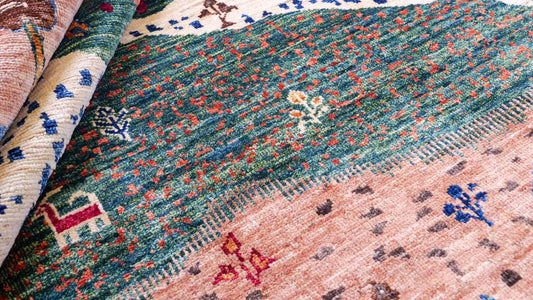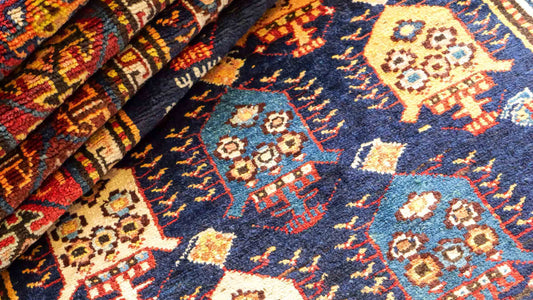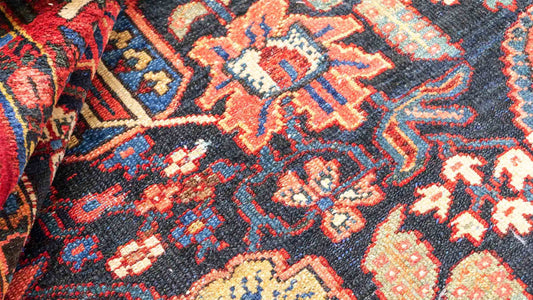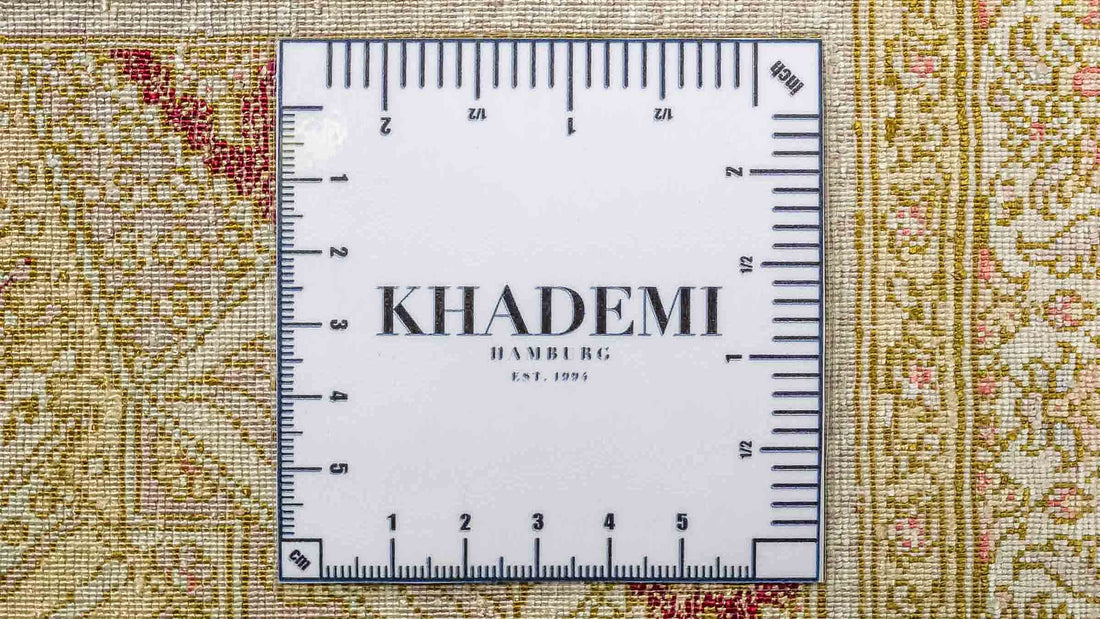
How to Calculate the Knot Density of a Rug
Daniel KhademiKnot density is a crucial quality indicator for hand-knotted rugs—directly impacting their value, durability, and longevity. Whether you’re evaluating a new rug or assessing an existing masterpiece, understanding knot density is essential. In this expert guide, we walk you through how to accurately calculate knot density—complete with a ranking of rug fineness categories.
Step-by-Step Guide: How to Calculate Knot Density
1. Count the Knots:
Select a representative section of your rug. Count the number of knots per centimeter—both vertically (lengthwise) and horizontally (widthwise). Using a magnifying glass can help identify small knots more easily.
2. Calculate Knots per Meter:
To determine the knots per running meter, multiply the counted knots per centimeter by 100 (since one meter equals 100 centimeters).
Example:
If you count 4 vertical and 5 horizontal knots per centimeter...
- Vertical: 4 x 100 = 400 knots per meter
- Horizontal: 5 x 100 = 500 knots per meter
3. Calculate Total Knots per Square Meter:
Now multiply the two results together to find the approximate number of knots per square meter.
Continuing the example:
- 400 knots x 500 knots = 200,000 knots per square meter (㎡)
Important Note: Keep in mind, handmade rugs naturally feature some variation in knot density. These unique differences are part of their artisanal charm and authenticity.
Why Is Knot Density So Important?
- A higher knot density indicates intricate craftsmanship, superior fineness, and exceptional durability.
- It’s a key factor for both quality and value: The denser the rug, the more detailed the pattern and the higher the potential for value retention.
- For high-traffic areas, opt for a rug with higher knot density; for decorative purposes, a lower density may suffice.
Fineness Ranking of Rugs
| Very Coarse Rugs | < 25,000 Knots per ㎡ |
| Coarse Rugs | 25,000 - 50,000 Knots per ㎡ |
| Average Rugs | 50,000 - 100,000 Knots per ㎡ |
| Above Average Rugs | 100,000 - 200,000 Knots per ㎡ |
| Fine Rugs | 200,000 - 400,000 Knots per ㎡ |
| Very Fine Rugs | 400,000 - 600,000 Knots per ㎡ |
| Luxurious Rugs | 600,000 - 800,000 Knots per ㎡ |
| Masterful Rugs | 800,000 - 1,000,000 Knots per ㎡ |
| Very Rare Rugs | 1,000,000 - 2,000,000 Knots per ㎡ |
| Super Rare Rugs | 2,000,000 - 4,000,000 Knots per ㎡ |
| Extremely Rare Rugs | Over 4,000,000 Knots per ㎡ |
FAQ: Knot Density in Rugs
What does knot density reveal about a rug’s quality?
► A higher knot count indicates finer, more intricate designs and long-lasting value.
How can I measure knot density myself?
► With a magnifying glass and ruler, count the knots per centimeter and calculate as described above.
Is a rug with higher knot density always better?
► Not always—material, origin, and construction matter just as much. However, greater fineness does typically signal higher quality.
Conclusion
Knot density is one of the most important metrics for evaluating the quality, value retention, and fineness of a hand-knotted rug. Use our guide for quick calculation and, for further questions, personalized assessment, or professional appraisal, our team of experts is here for you!
Learn more: Explore our other guides on topics such as Hand-Knotted Rug Value Retention, Design Classics, Countries of Origin, Carpet Materials, Carpet Guide, Care & Cleaning—and find your perfect rug today!

